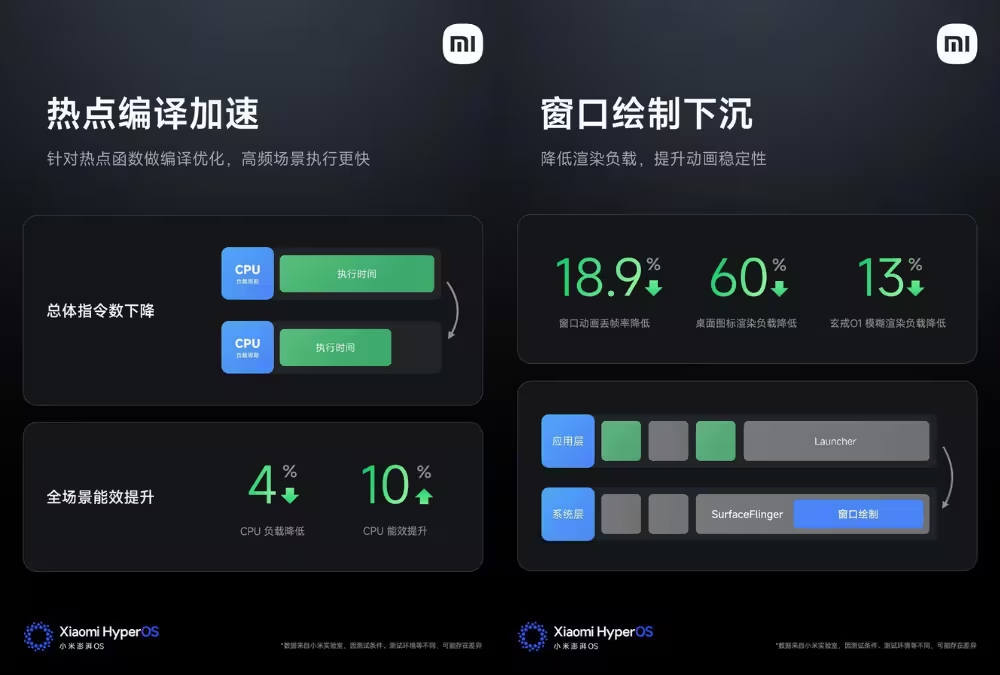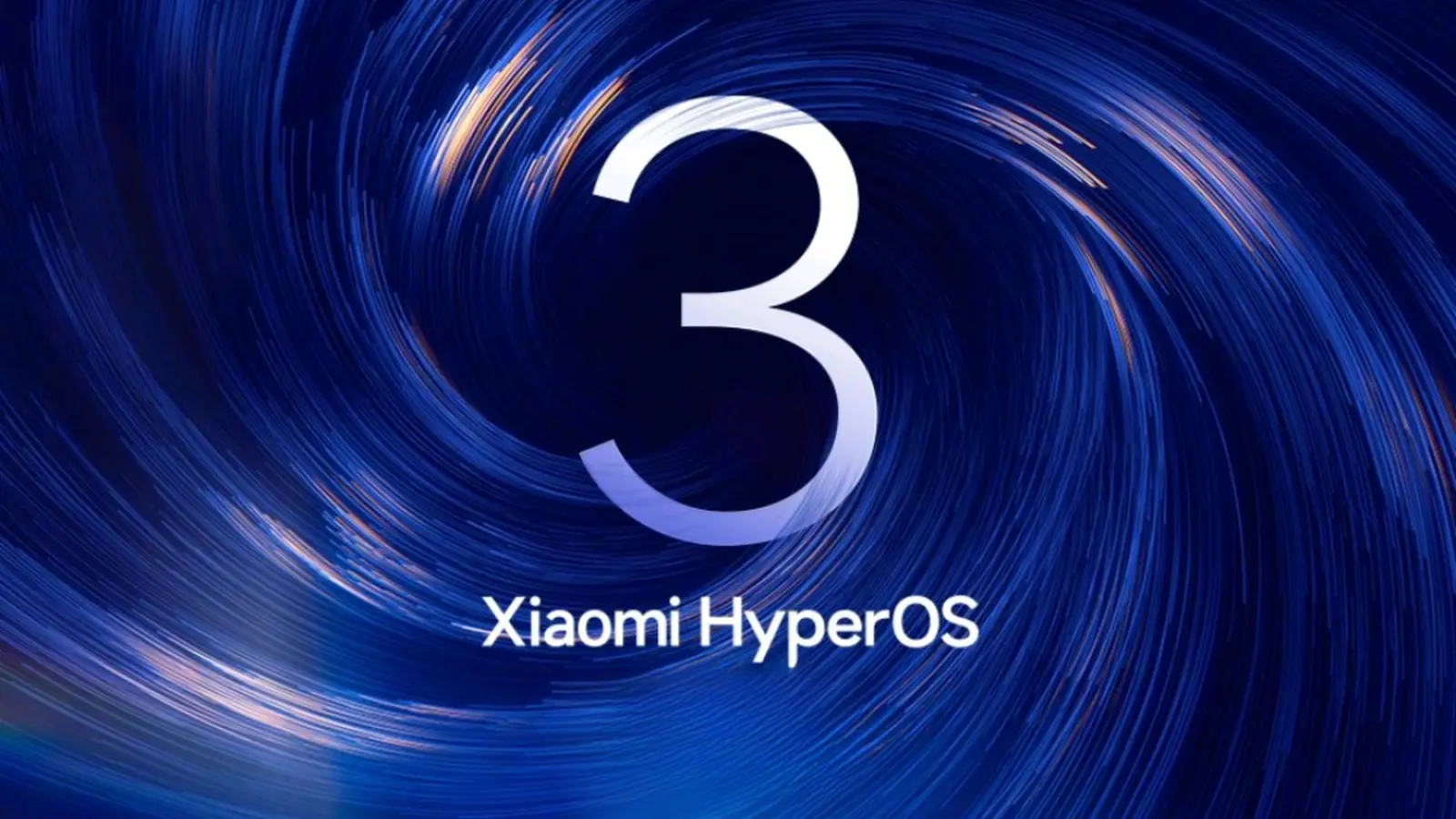5 Minutes
What HyperOS 3 Brings
Xiaomi has officially unveiled HyperOS 3, its most substantial platform update to date. Announced at a China event on August 28, 2025, HyperOS 3 combines AI-driven features, visual and animation upgrades, performance optimizations, and deeper cross‑device integration for phones, tablets, TVs and wearables. The update builds on last year’s HyperCore foundation with targeted improvements aimed at gamers, multitaskers and users invested in the Xiaomi ecosystem.
Rollout timeline and eligible devices (China beta roadmap)
Xiaomi will open the HyperOS 3 beta program starting August 29 for a selection of flagship devices and then expand in waves across September. The initial phase includes the Xiaomi 15 series and high‑end Redmi K80 models plus the latest tablets. Subsequent phases add foldables, additional Xiaomi 14 devices, the REDMI K70 family and more tablets and TVs. Note: this is the China beta roadmap; regional rollouts and dates will vary.

Phase 1 (from August 29)
Flagship phones and premium tablets begin first, enabling early testing for power users and developers.
Phase 2 (by mid‑September)
Adds foldables, mainstream K80 variants, more tablets and Xiaomi’s 2025 Mini LED TV series.
Phase 3 (by end of September)
Broader availability across older foldables and the Xiaomi 14/K70 family along with additional Pad models.

Key features and performance improvements
HyperOS 3 refines HyperCore by reducing CPU load and improving energy efficiency. Xiaomi reports a roughly 4% drop in CPU load and a 10% boost in energy efficiency, while frame loss has been cut significantly — claimed at nearly 19%. Gaming benefits from a new hot‑swappable scheduling mechanism and an enabled graphics scheduling link, delivering faster app launches (around 21% quicker), smoother video playback (≈10% improvement) and reduced touch latency (about 9%).
Visual design, animations and home UX
The update optimizes more than 100 system animations for a fluid interface and refreshes the visual language across icons, desktop grids and wallpapers. New cinematic lock screens and a unified editor make it easier to personalize devices. HyperOS 3 introduces Xiaomi Super Island, a dynamic notification and live activity hub that supports over 70 integrated services — a central space to monitor ongoing tasks and alerts.

AI features and on‑screen intelligence
AI is central to HyperOS 3. Super XiaoAi gains on‑screen content awareness, enabling contextual answers and actions based on what’s displayed. Users can circle on‑screen elements to trigger instant search, translation, or sharing — a workflow comparable to Google’s Circle to Search. AI dynamic wallpapers add automatic depth and motion effects, and Photo Album enhancements deliver intelligent search and auto‑curated Pet Albums for easier photo management.
Cross‑device integration and compatibility
HyperOS 3 expands multi‑device workflows: phone apps can be opened in up to three resizable windows on a Mac, phones can be unlocked using Touch ID or Face ID when paired, and file/photo sharing with iPhones is made more seamless. These additions position Xiaomi to better compete with rival ecosystems by improving continuity between mobile, desktop and TV environments.

Privacy, security and device location
Security upgrades include two‑factor authentication for multi‑device logins, stricter data protection, and more granular app permission controls. Xiaomi also says devices can be located even when powered off, a useful anti‑theft measure that raises the bar for device security.
Use cases, advantages and market relevance
HyperOS 3 targets gamers (reduced latency and smoother frame scheduling), creators (faster app launches and richer visual tools), and multitaskers who rely on cross‑device workflows. By integrating AI features and improving ecosystem continuity, Xiaomi aims to strengthen its competitive position against Apple and Samsung while delivering tangible benefits to everyday users and power users alike.
Overall, HyperOS 3 is an incremental but meaningful update — combining performance tuning, intelligent features and enhanced connectivity to make Xiaomi devices more responsive, capable and integrated across platforms.
Source: gizmochina


Leave a Comment